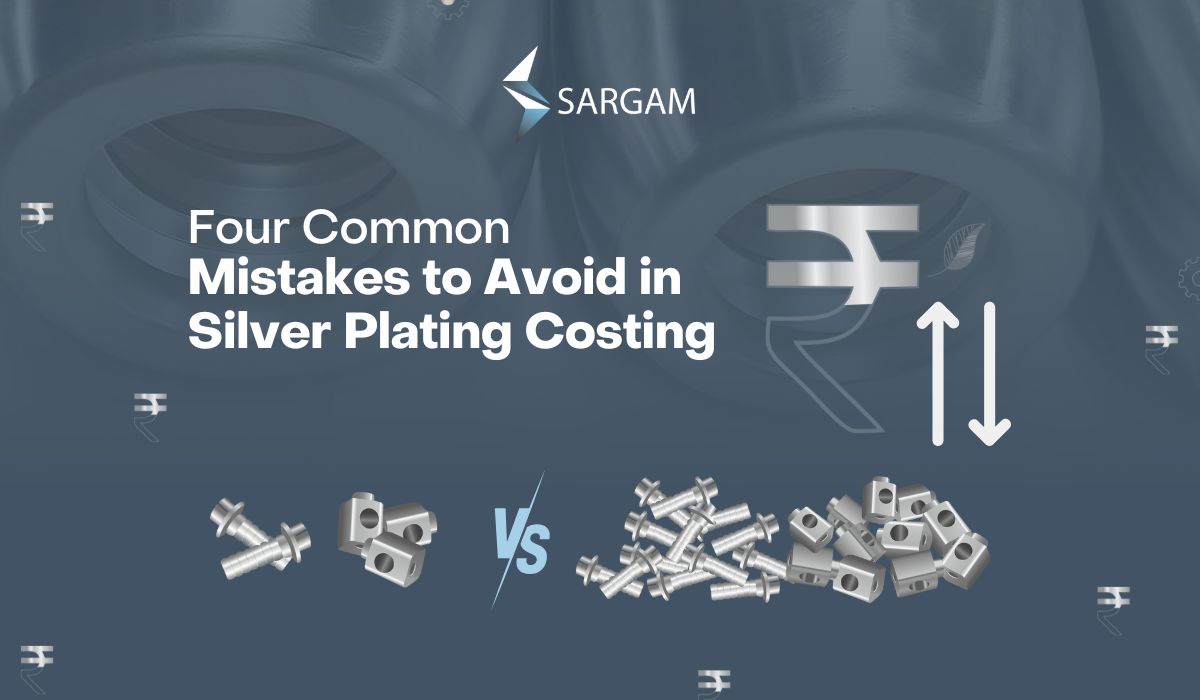Before finalizing the cost of silver plating, it’s essential to look beyond the initial price tag and understand the potential hidden financial risks. While a cheaper quote might seem attractive, it can lead to significant issues down the line.
Here are four common mistakes in costing that can help you avoid these pitfalls.
1. Unreliable or Unsustainable Manpower:
One of the critical factors in ensuring high-quality silver plating is the expertise of the workforce. Skilled and trained workers ensure consistent and superior plating quality. However, vendors with well-trained staff typically incur higher costs. On the other hand, vendors using casual or frequently changing labor, often contract-based, unskilled, and poorly paid with minimal or no legal benefits like PF, ESIC and paid leaves, may offer lower prices. This comes with significant business risks, including increased rejections, rework costs, and reputation damage.
2. Inferior Silver Quality and Reduced Plating Thickness:
The quality of the silver used in the plating process is another crucial aspect. It’s not enough to just inspect the final plating quality; the source and purity of the silver also matter. Low-cost vendors might compromise on the quality of silver, leading to compromised component quality and early corrosion. Additionally, these vendors might underquote by reducing the required plating thickness. Inferior silver and inadequate thickness can result in early tarnishing and corrosion, undermining the product’s lifespan.
3. Lack of Pollution Control Board Compliance:
Environmental compliance is not just a legal requirement but a moral obligation. Vendors who do not invest in proper effluent treatment plants (ETPs) or zero discharge facilities (ZIDs) often offer lower prices. However, this can result in regulatory penalties, supply chain disruptions, and long-term liability.
4. Overlooked Quality Checks:
It’s common for vendors to ensure the first sample meets all quality standards to secure the contract. However, once a lower price is locked in, ongoing quality may suffer. This practice can lead to inconsistent quality and hidden defects. Over time, essential testing procedures like oven testing and non-destructive testing checks might be skipped for faster deliveries.
Conclusion:
Understanding the hidden financial risks in silver plating is crucial for making informed decisions. By considering factors like reliable manpower, input quality, environmental compliance, and total cost of ownership, you can avoid common costing mistakes and ensure long-term success for your business. Always verify the vendor’s practices and don’t be swayed by lower prices without considering the potential risks involved.

